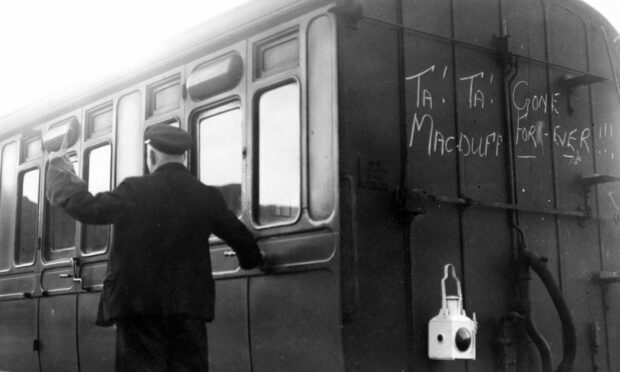Despite “the stiffest opposition British Rail ever had to face in the closing of a branch line” the last passenger train lumbered to Macduff 70 years ago today.
Although a quiet line, steam trains brought passengers and holidaymakers alike from the central belt via Aberdeen to the coast, and its closure in 1951 hit rural communities hard.
The coastal towns of Banff and Macduff were already experiencing bitter uncertainty in the fishing industry, and the summer holiday trade helped prop up the local economy.
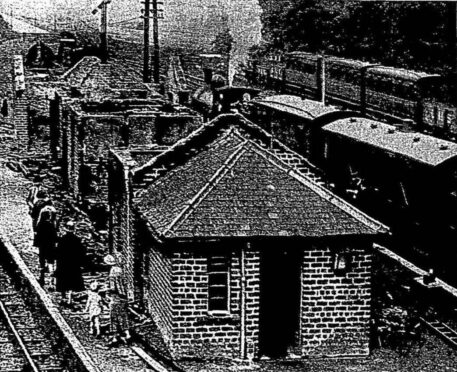
Talks of withdrawing passenger services from Inveramsay, pictured above, to Macduff began in January 1951 and were met with public outcry.
Join us on a step back in time as we look at the loss of another rural railway line.
The 18-mile Inveramsay to Turriff branch line opened in 1857 before it was extended 12 miles from Turriff to Macduff in 1860, providing a straight run from Aberdeen to the coast.
There were hopes the line would prosper, and it did prove useful in handling freight for the agriculture and fishing industries.
But even by the 1930s, roads were rivalling the railway.
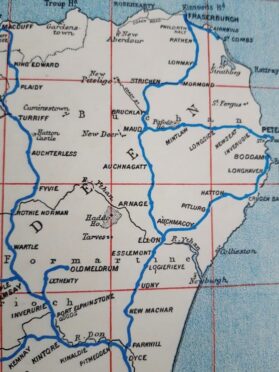
Come 1951, the death knell sounded for rural branch lines across Britain.
A conference on the matter held at Turriff in April that year left Banff Town Council representatives “unhopeful of a favourable result”.
In fact there were rumours that the service from Banff Harbour to Tillynaught was also facing the axe.
Opposition to the proposal was fierce.
Banff’s Provost pressed for talks to go to the “highest level” and urged the council to petition the local MP Mr Duthie.
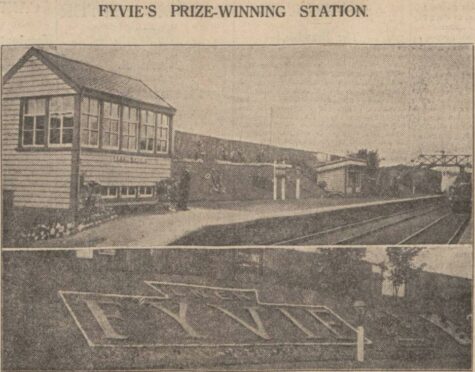
Those living in the communities that surrounded the line to Macduff argued that if trains were run at more suitable times with competitive fares, they would be better used.
It was feared the withdrawal of passenger trains to Banff and Macduff would “kill these places as family holiday destinations”.
The news was a particular blow as the seaside towns had just had enjoyed their best season on record.
Putting forward their case to the “unrelenting” Railway Executive, the Banffshire hospitality trade said: “Parents will not contemplate a journey from Scotland’s industrial belt if it is going to mean the upheaval of getting out of the train at Aberdeen with prams, luggage and other trappings, and walking a half-mile through the city streets to queue for a bus to take them on the last stage of their journey.”
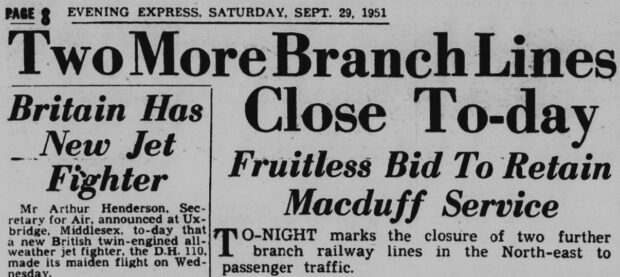
Local authorities in Aberdeenshire and Banffshire “won admiration of all remote areas for putting up a fight to retain their rail link with the outside world”.
British Rail was urged to scrap steam and introduce more efficient diesel trains to make the Macduff line more profitable, but the cries fell on deaf ears.
The campaigning was in vain; the Railway Executive was not persuaded to have second thoughts.
As far it was concerned, the closing of the Macduff branch line was simply part of a general policy to close lines that regularly lost money.
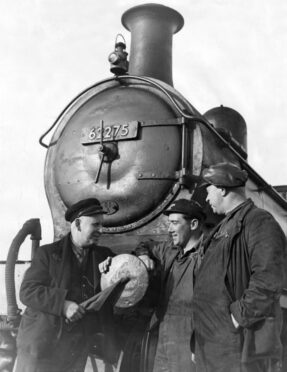
The last train to Macduff was called Sir David Stewart and left Aberdeen Station at 6.10pm on Saturday, September 29 1951 arriving at Inveramsay at 7pm.
Driver John Cowie his fireman William Rumbles and guard James Milne, pictured above, took over the service at Inveramsay and the train embarked on its final journey pulling into Macduff at 7.59pm.
Drawing parallels with contemporary headlines about petrol problems, there was a call to have a train reinstated on the Macduff line in 1956 during petrol shortages.
The Suez Crisis caused petrol supply issues from the Middle East leading to the fuel being rationed in November that year.
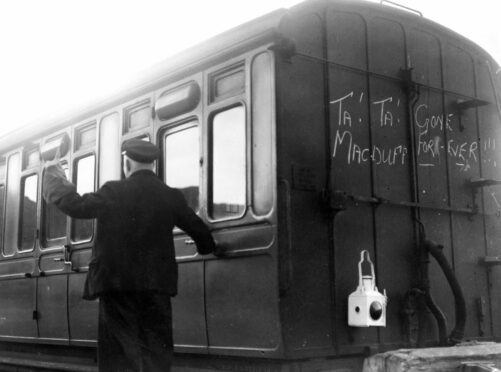
Then MP for East Aberdeenshire Sir Robert Boothby said the resumption of a passenger service between Macduff and Inveramsay would meet a big public demand.
But a passenger service never did run again on the Inveramsay-Macduff branch line.
Freight continued until 1966, when the line – like many others – closed altogether under Dr Beeching’s cuts.
The Inveramsay to Macduff branch line
Inveramsay
Wartle
Rothienorman
Fyvie
Auchterless
Turriff
Plaidy
King Edward
Banff Bridge
Macduff
See more like this:
